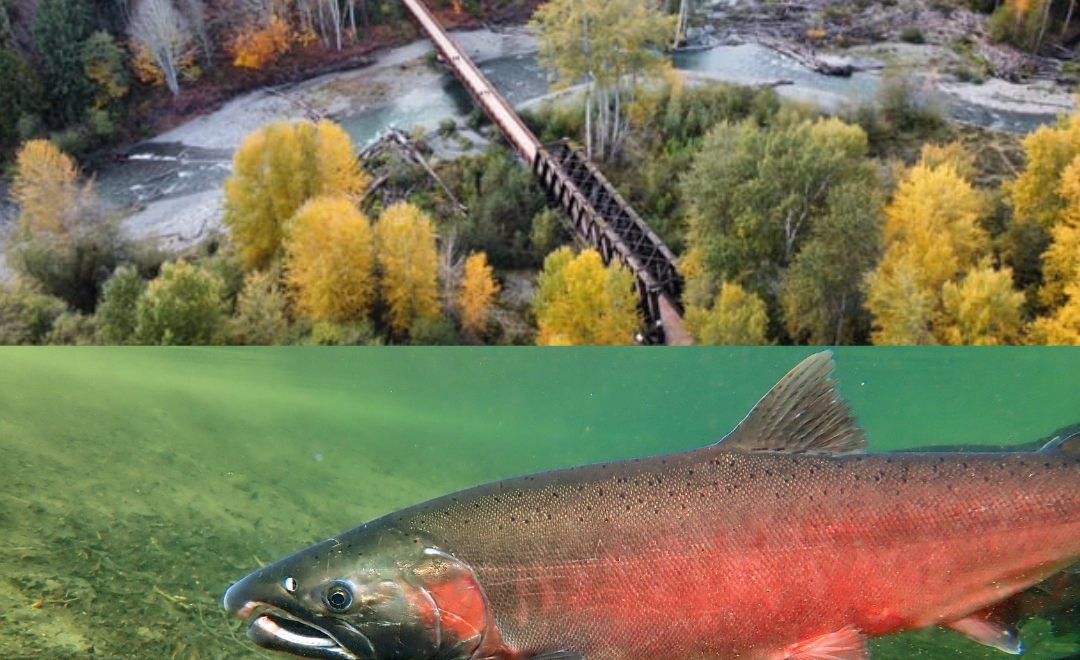
The Dungeness River’s Future: Balancing Water, Wildlife, and Growth in a Changing Climate

Sequim is the driest place west of the Cascades, yet we have a substantial river running right through town—the Dungeness. Because only 16 inches of rain on average falls on Sequim, the lower river flowing through the farms and settlements of Sequim is heavily dependent on snowmelt for its flow, with peak flow historically coming in June as the high elevations melt off.
But the world we live in is changing. Already winter snowpack totals are lower, and drought conditions impacted all or part of the watershed in six of the last ten years. As warmer temperatures cause more high elevation precipitation to come as rain, the peak flows in the Dungeness are expected to shift toward December and January. Water in the river during the crucial late summer season—when freshwater flows encourage the salmon to migrate upstream to spawn—will become even more precious than they are now. Salmon in the Dungeness sustain many species. Not only were the salmon crucial to the culture of the Jamestown S’Klallam Tribe, but traditionally the salmon runs would feed eagles and bears, and other species that would help finish off the carcasses—coyotes, ravens, gulls and others. The nutrients from the salmon would spread into the forest from the wastes of these various species, and help plants of the Olympic Mountains to grow faster. These dynamics remain in play today, though in lesser form.
Already our community is working together to manage water scarcity. The Dungeness River Management Team has worked collaboratively since 1988 to balance water use between fish and farms and ensure both can thrive. Their work will become more challenging as a changing climate sends more water to the sea during the season of lowest productivity. Meanwhile, residential development is expected to continue with more than 8,000 new housing units expected by 2050, and most of those expected to be near Sequim. Providing water for people will become an increasing need. These concerns and others associated with a changing climate were discussed in late October at a meeting organized by the North Olympic Development Council and partners in Blyn. More than 100 local leaders attended to plan and consult about how to move forward, together.
And this complexity calls for the Dungeness River Nature Center to up its game. We must help the local community and visitors to understand the crucial resources at risk here, and how our unique river sustains farms, wildlife and people. We have an important role to speak for the birds and the fish of the river, and to articulate the meaning and unique qualities of the Dungeness River system. Thank you for your support, that helps us to be an educational and scientific resource for the community.

